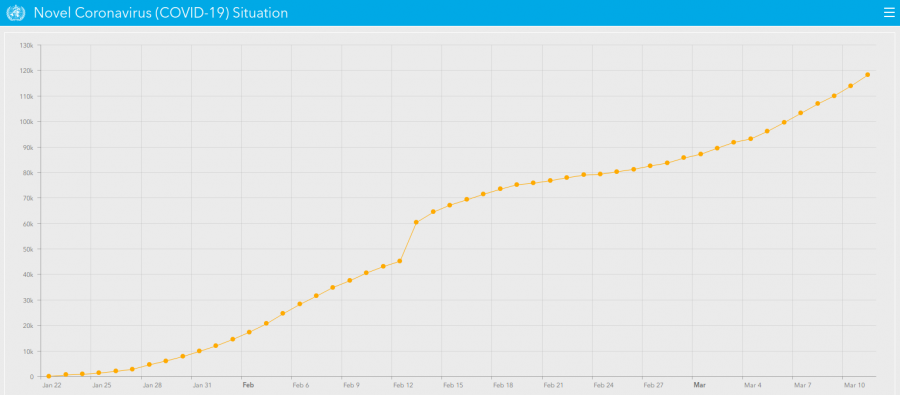In a NY Times interview, mathematician Adam Kucharski explained how a contagious disease like the Coronavirus Disease 2019 (aka COVID-19) is spread and which of the figures that keep popping up in coronavirus news we need to pay attention to.
Click below to read the interview – read the part which explains how scientists calculate R, the reproductive number, or how many people a given patient is likely to infect. According to Kucharski, you’ve got to know duration, opportunity, transmission probability and susceptibility (the “DOTS”).
So just how high is R for COVID-19? It lies somewhere between 2 and 3 for most outbreaks early on…
What about the case fatality rate (CFR)? He estimates it “between maybe 0.5 and 2 percent for people with symptoms“.
But there’s a scary thing about COVID-19. The fatality rate is much higher in ages 60+:

Christian Althaus et al estimate even higher values during the COVID-19 epidemic in Hubei.

And here’s something few people notice:
If you’ve got a death, then that person probably became ill about three weeks ago. That means you probably had about 100 cases three weeks ago, in reality. In that subsequent three weeks, that number could well have doubled, then doubled, then doubled again. So you’re currently looking at 500 cases, maybe a thousand cases.
Adam Kucharski
All these point out only one thing: we need draconian containment measures, strict personal hygiene and social distancing to curb the spread curve of coronavirus disease. Otherwise, our health systems could be quickly overwhelmed. If the latter happens, it won’t just affect COVID-19 patients – it will impact everyone who needs access to health services.






Leave a Reply